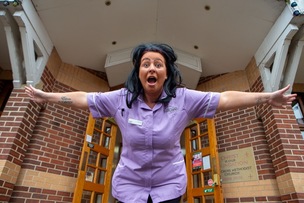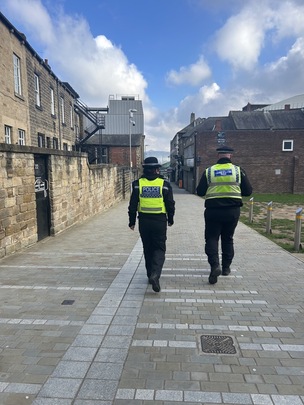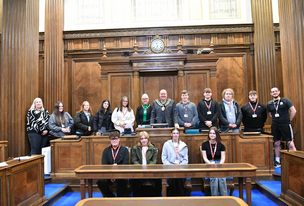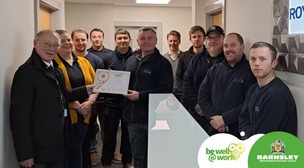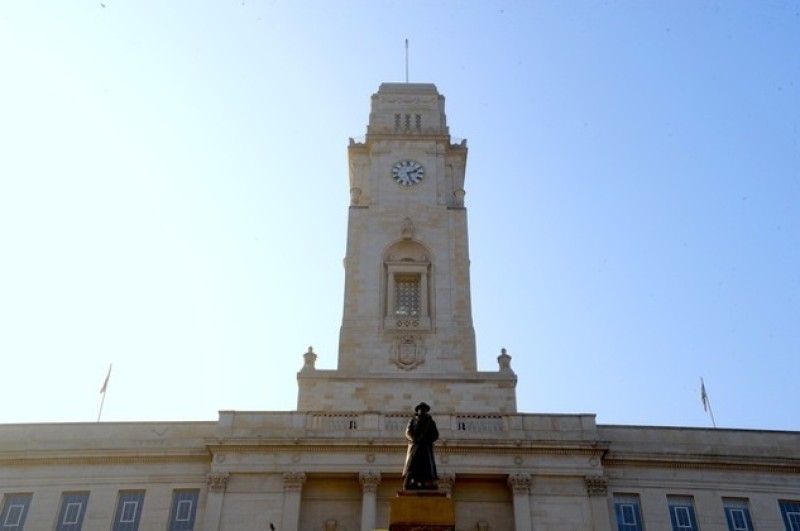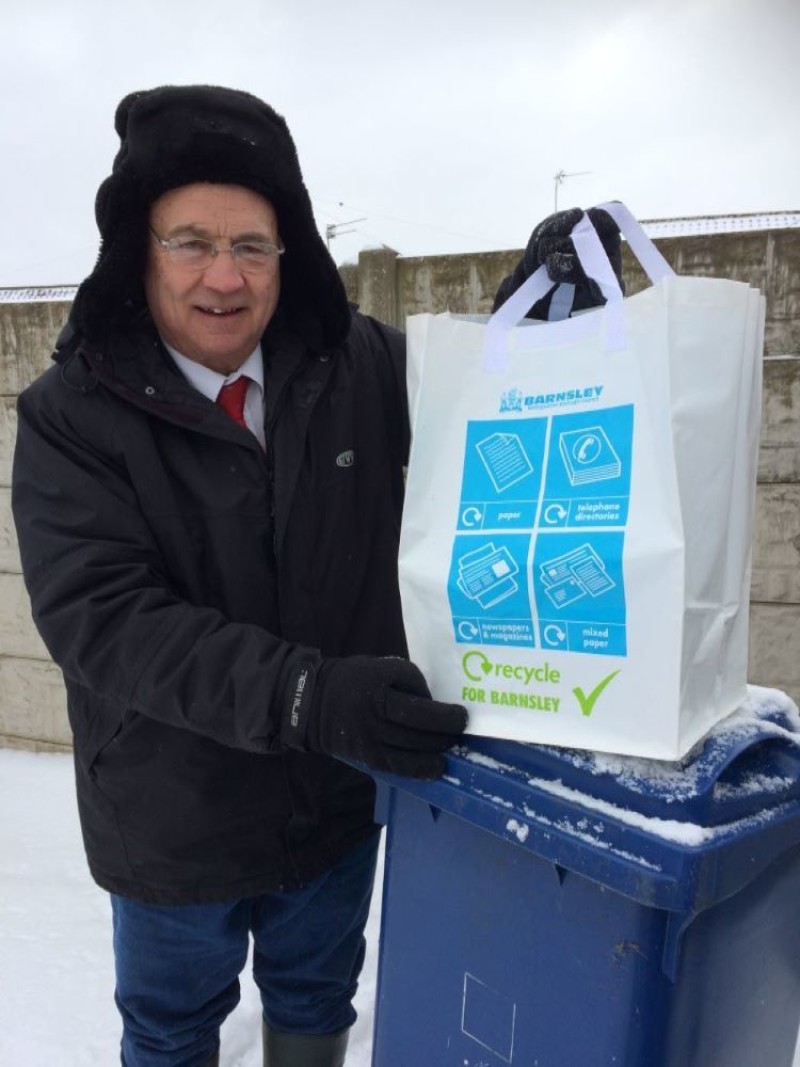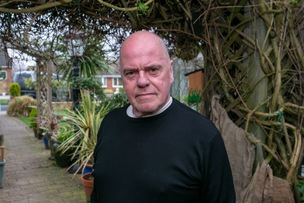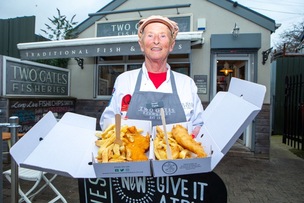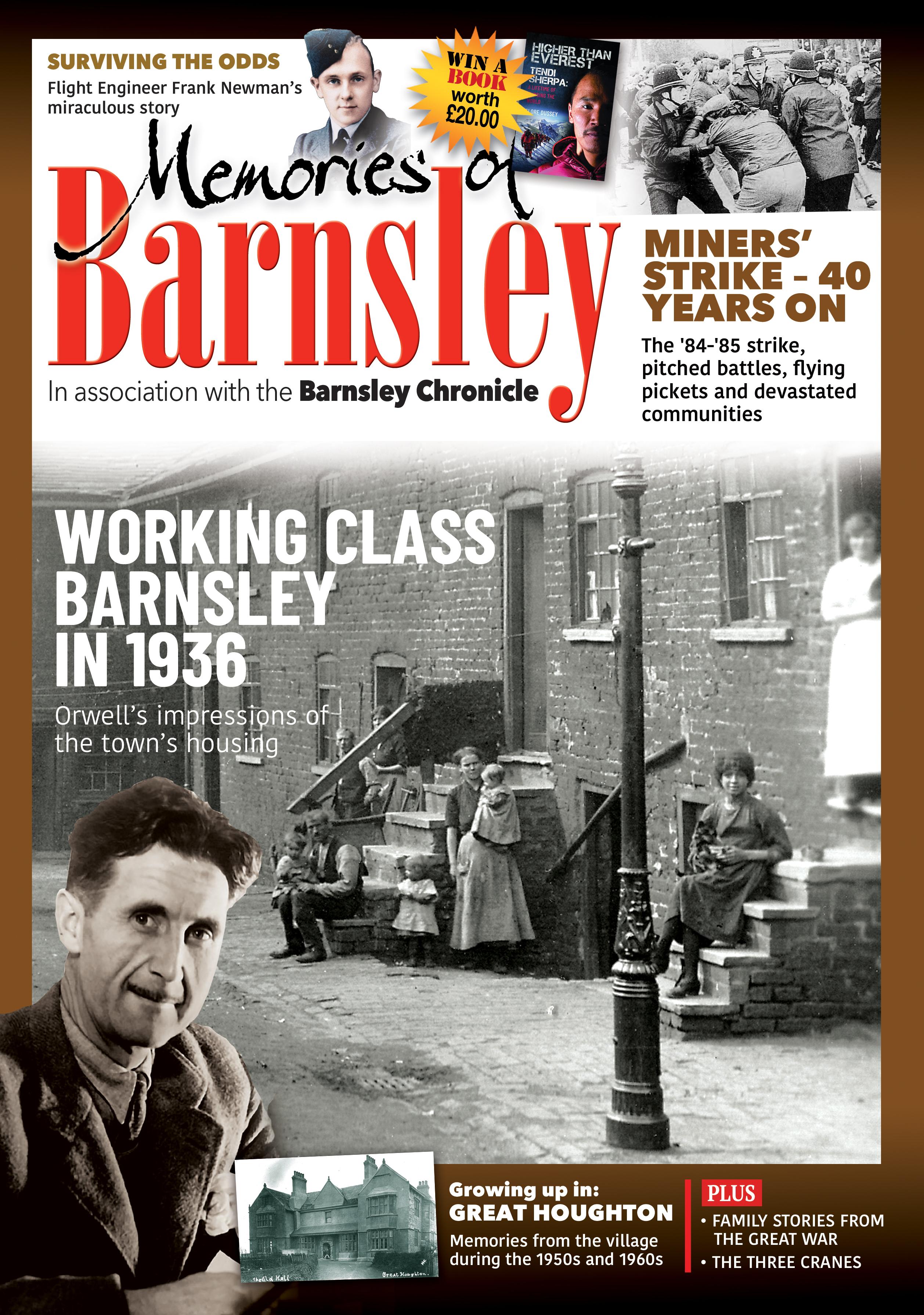WHITE paper recycling sacks will be scrapped if council bosses give the go ahead next week.
The council now wants to do away with the controversial white sacks and instead collect all paper and cardboard together in the blue recycling bin.
The white sacks were brought in for paper recycling in 2014 - at a cost of £112,000 - rather than supplying households with a bin which would have cost in the region of £2m.
Before the sacks were introduced, residents had to put their waste paper in the blue bin, while cardboard was collected in the green bin along with garden waste.
A council report to be discussed by cabinet members on Wednesday says maintaining a separate paper collection had previously helped bring in £400,000 for the coffers but in 2016/17 this income fell by £198k.
It also says Barnsley paper recycling has reduced by 45 per cent and a rise in people buying goods online has led to annual increases in the amount of cardboard being collected.
The report accepts that people don’t like using the white sacks - which cost about £8,000 a year to supply - and this had led to more paper being put in the grey general waste bin.
Councillors will be told the sacks are unpopular for a number of reasons including being heavy and cumbersome when full, paper blowing down the street and the bag blowing away when empty. These are all cited as reasons contributing to a drop in paper recycling rates.
The council believes that using the blue bin for both paper and card will lead to an increase in the overall recycling rates - by as much as five per cent - because residents can put both in the same bin which they can wheel to the kerbside rather than carrying the white sack.
Another reason for the change is the council currently has to use ‘split body’ wagons - two separate areas for waste - which reduce the overall amount they can collect by as much as 30 per cent before it needs to be emptied.
A council report states: “As a result they are inefficient in comparison to single body collection vehicles. Spilt body vehicles are also more expensive to purchase and incur higher maintenance costs over their life span when compared to single body vehicles.”
As there are only a few of these types of wagons in the council fleet, staff can run into problems should one break down. In the past this has led to collections being delayed and the use of single body wagons - which meant mixing paper and card anyway - or using two separate wagons.
The report says the introduction of combined paper and card collections means single body wagons can be used and this will result in a better service by reducing the time taken to collect one bin instead of one bin and one sack; fewer trips to the council’s paper and card recycling contractor and provide additional capacity required to meet the borough’s growing housing stock.
It will also see the collected paper and card being re-used within the UK rather than being exported to China as it has been in recent years.
And it will save the council £25,000 every time a new refuse vehicle is purchased compared to the cost of a split-body vehicle, and will save £2,000 per vehicle in annual maintenance costs.
Coun Roy Miller told the Chronicle: “We know the white sacks have been unpopular with some residents but we do thank people for their support and co-operation in helping us recycle more waste.
“When we brought in the white sack it was a help financially to separate paper and card, but changes to the paper market mean it’s getting to be uneconomical.”
The council’s ruling cabinet will vote on the changes on Wednesday. An announcement is expected following the meeting on a date when the white sacks can be abandoned and paper placed into the blue bin.

